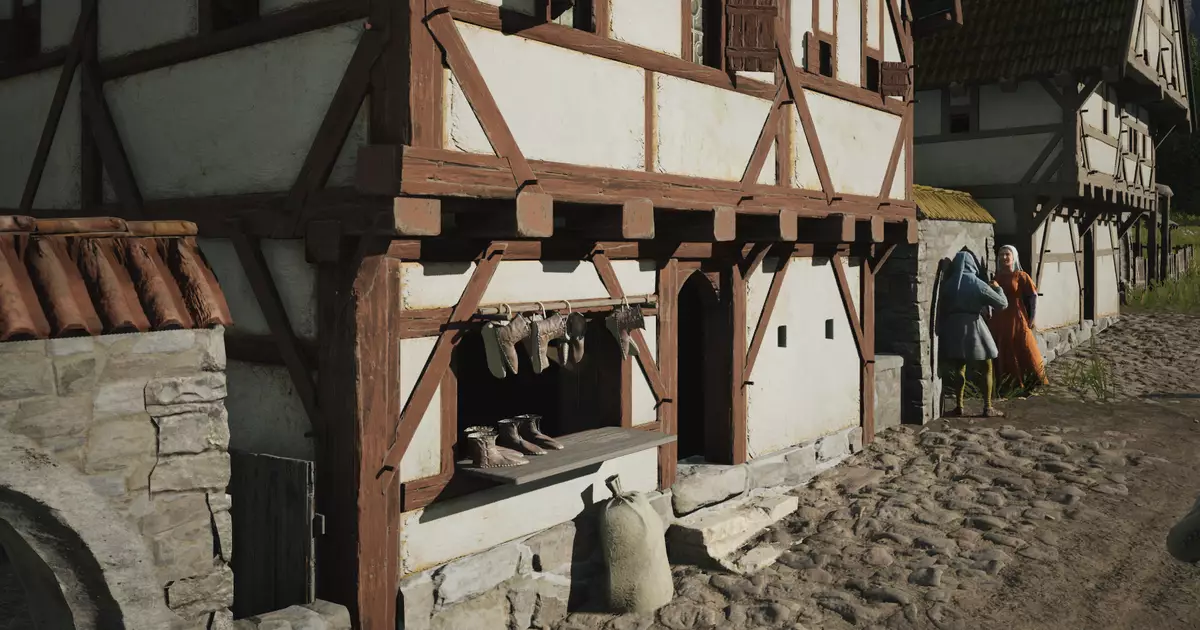In the realm of early access city builders, patience is often a virtue met with mixed results. Manor Lords exemplifies this tension, especially given its prolonged silence between updates. While some gamers might find the absence of quick patches disheartening, a deeper analysis reveals that such an approach—despite seeming sluggish—is vital for the game’s evolution. The developers at Slavic Magic are undertaking a comprehensive overhaul of core systems, signaling their commitment to delivering a more immersive and authentic medieval experience. This isn’t a superficial sprinkle of new features but a reimagining of how buildings, resource flows, and environmental interactions function in the game’s world.
This methodology is ambitious. By consolidating modifications into a significant “full rework,” the developers aim to avoid the chaos that incremental patches can produce—especially when foundational mechanics are radically changing. Such a choice underscores their dedication to quality over haste, emphasizing the depth and coherence of Manor Lords’ universe. From a player perspective, this might temporarily delay new content, but it promises a future where gameplay feels more interconnected and believable. Slavic Magic recognizes that for a city builder to resonate, it must emulate the complexities and subtleties of the actual era—no matter how arduous that task may be during development.
Enhancing Medieval Realism Through Environmental and Structural Innovations
One of the most promising developments in this overhaul is the reimagined building affinity system. Removed from simplistic radius-based effects, the new approach aligns building functions with environmental types such as Meadow, Woodland, Farmland, Rural, and Urban. This system elevates the importance of strategic placement, encouraging players to consider eco-zones and natural resources more consciously. For example, apiaries thrive when contiguous with woods, enhancing pollination and resource yield, while farmland may benefit from proximity to meadows.
This shift brings a nuanced layer of realism. It moves away from the cartoonish, grid-based convenience of classic city builders towards an ecological harmony. Players now must think more carefully about their environment, not just placement for aesthetics or efficiency but for ecological synergy. Restoring an authentic medieval landscape requires players to balance their ambitions with the natural constraints of their chosen terrain—something that appeals to those craving immersion and authenticity.
Furthermore, the developers are refining building effects to avoid the constraints of awkward plot shapes and radius interference, which previously limited creative freedom. The decision to match building types with environmental categories rather than abstracted influence zones fosters more organic city layouts, enabling players to craft villages that feel natural rather than artificially engineered. This focus on ecological and spatial coherence elevates Manor Lords from a typical city builder to a simulation rooted in ecological logic.
New Features and Maps: Expanding the Medieval Canvas
The coming update isn’t solely about refining existing systems but also introducing fresh content that broadens the game’s scope. The introduction of the “Divided” map, with its mountain range bisecting the terrain, promises a more dynamic geographical playground. Such topographical diversity will challenge players to adapt their city planning, resource management, and military strategies—adding depth and variability that keep gameplay engaging.
Moreover, visual and functional enhancements are evident through new shop fronts, artisan workstations, fortified defenses, and development perk cards—features that promise to deepen personalization and strategic differentiation. The emphasis on transparency in fortifications and detailed building cards also indicates a focus on clarity of options, allowing players to craft their feudal realm with precision.
These new additions demonstrate that playground diversity and aesthetic refinement are no longer afterthoughts but core pillars. They serve to strengthen Manor Lords’ identity as a gritty, realistic portrayal of medieval life, where every decision impacts your city’s sustainability and reputation, and where visual and functional details matter.
While such sweeping changes might seem daunting or slow, they ultimately demonstrate Slavic Magic’s resolve to craft a city builder that honors its historical setting and offers rich player agency. Manor Lords’ upcoming overhaul indicates a willingness to sacrifice immediate gratification for long-term quality and realism. This strategic patience could set a new standard within the genre, emphasizing depth over superficiality.
As developers experiment with new environmental synergies and expand their content, players are expected to reap the benefits of a more immersive, challenging, and satisfying experience. For those invested in medieval simulation, these changes are less about incremental updates and more about reshaping the foundation of the game itself. Manor Lords appears poised to evolve into a benchmark of authenticity and strategic complexity—qualities that discerning gamers will appreciate and cherish as the game matures.

